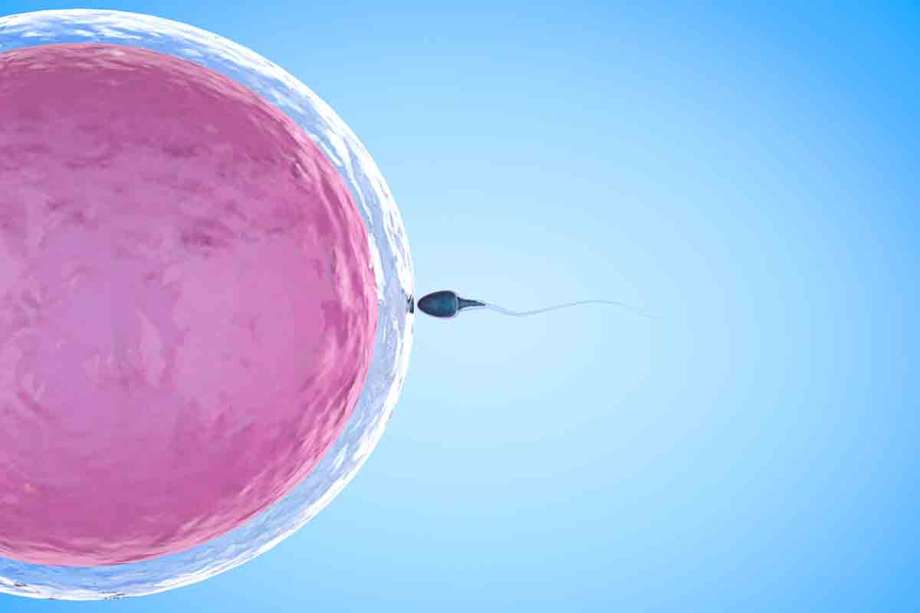Molar Pregnancy: Understanding Causes and Treatment Options

When planning a family, one of the most exciting moments comes when we finally find out we’re pregnant. And many women get the news that their lives are about to change by the two little lines, a positive symbol, or a digital reading that appears on most at-home pregnancy tests. But because these tests work by detecting a hormone called human chorionic gonadotropin (HCG), what they don’t reveal is whether or not it is a healthy pregnancy. It’s usually only during a visit to a healthcare professional that complications like molar pregnancies are discovered.
Although molar pregnancies rarely cause dangerous conditions when treated properly and early on, the physical and emotional effects are similar to those experienced after a miscarriage. The disappointment and loss of, in this case, a false pregnancy is no easier to accept. And because the hormones produced are also the same as with a healthy pregnancy, physical effects like mood swings and loss of appetite can occur.
The healing process is different for everyone, understanding exactly what a molar pregnancy is and what’s going on inside of the body can help women cope with the effects and potentially avoid a recurrence.
What is a Molar Pregnancy?
There are two defined types of molar pregnancies.
A molar pregnancy, also known as gestational trophoblastic disease (GTD), hydatidiform mole, or simply a “mole,” is a rare genetic error that occurs during the fertilization process that causes the abnormal growth of tissues within the placenta, resulting in fluid-filled cysts that resemble grape-like clusters. Unlike with a healthy pregnancy, there is usually no embryo present and the cysts grow at a much more rapid pace than a developing fetus. This is also known as a complete molar pregnancy.

There is also the possibility of a partial molar pregnancy. This occurs when an embryo is present alongside the abnormal tissues. And even more rarely, in the case of twins, or two embryos, a partial molar pregnancy will result in one embryo being healthy while one contains the abnormal tissues. Unfortunately, the presence of a “mole” under any circumstances will almost always result in the termination of the entire pregnancy due to the growth consuming any healthy fertilized egg or embryo.
What are the Symptoms of a Molar Pregnancy?
Many of the symptoms of a healthy pregnancy are shared with those experienced during a molar or partial molar pregnancy, making it difficult to know in the early stages, or first trimester of pregnancy, whether or not there is any abnormality. That’s why it’s important with any pregnancy to meet with a healthcare professional as soon as a pregnancy is detected or suspected.
Some of these symptoms include:
- Nausea and vomiting
- Fatigue
- Vaginal bleeding or spotting
- Early preeclampsia (high blood pressure)
- Increased HCG levels
- Hyperthyroidism
- No fetal movement or heartbeat
How is a Molar Pregnancy Diagnosed?
The discovery of abnormal tissues through an ultrasound or pelvic exam revealing a smaller or larger uterus, and any of the above symptoms will be a good indication to your doctor that a molar pregnancy has occurred. Blood tests are also a routine part of the pregnancy screening and can detect higher than normal levels of the hormone HCG — another indicator of a molar pregnancy. Although it is difficult to accept, removal of the tissues early on can reduce the chance of serious complications and may be gentler than learning of it past the first trimester when plans and announcements to friends and family have been made.
Am I at Risk of a Molar Pregnancy?

Molar pregnancies can happen to anybody and nobody is to blame. Yet, there are risk factors and certain demographics that are more susceptible to a molar pregnancy than others, including women:
- over the age of 40
- with a history of miscarriage
- who have had a prior molar pregnancy
- living in Mexico and parts of Asia
How is a Molar Pregnancy Treated? (And Side Effects)

Molar pregnancies, whether complete or partial, are normally treated the same as an early miscarriage, and they often end spontaneously with the body expelling the abnormal tissues. In the case that a molar pregnancy does not end naturally, doctors will usually offer patients a variety of options depending on their particular case, including:
- Suction or vacuum aspiration (removes the lining and contents of the uterus)
- Dilation and Curettage (D & C requires dilation of the cervix and manual removal of the lining and contents of the uterus using surgical instruments)
- Medication or “abortion pill” (Two different medications — mifepristone and misoprostol — are taken, usually at home, stimulating the body to end and expell the pregnancy much like a natural miscarriage)
With the exception of the medication abortion, most of these procedures will be treated as outpatient and require only an general anesthetic. Follow-up visits to a medical professional will ensure that all contents of the molar pregnancy have been properly removed and that there are no abnormalities of the uterus. In rare cases, the “mole” can begin to grow again and can lead to certain types of cancer including choriocarcinoma, abnormalities of the placenta, and future pregnancy complications.
It’s strongly recommended to avoid becoming pregnant for one year after the removal of a complete or partial molar pregnancy. While birth control is an acceptable method, intrauterine devices should not be used.
As mentioned earlier, the loss of any pregnancy can cause real physical and emotional changes that can be difficult to deal with. Having friends and family, a therapist, or a support group to talk to about your feelings can help the healing process.

